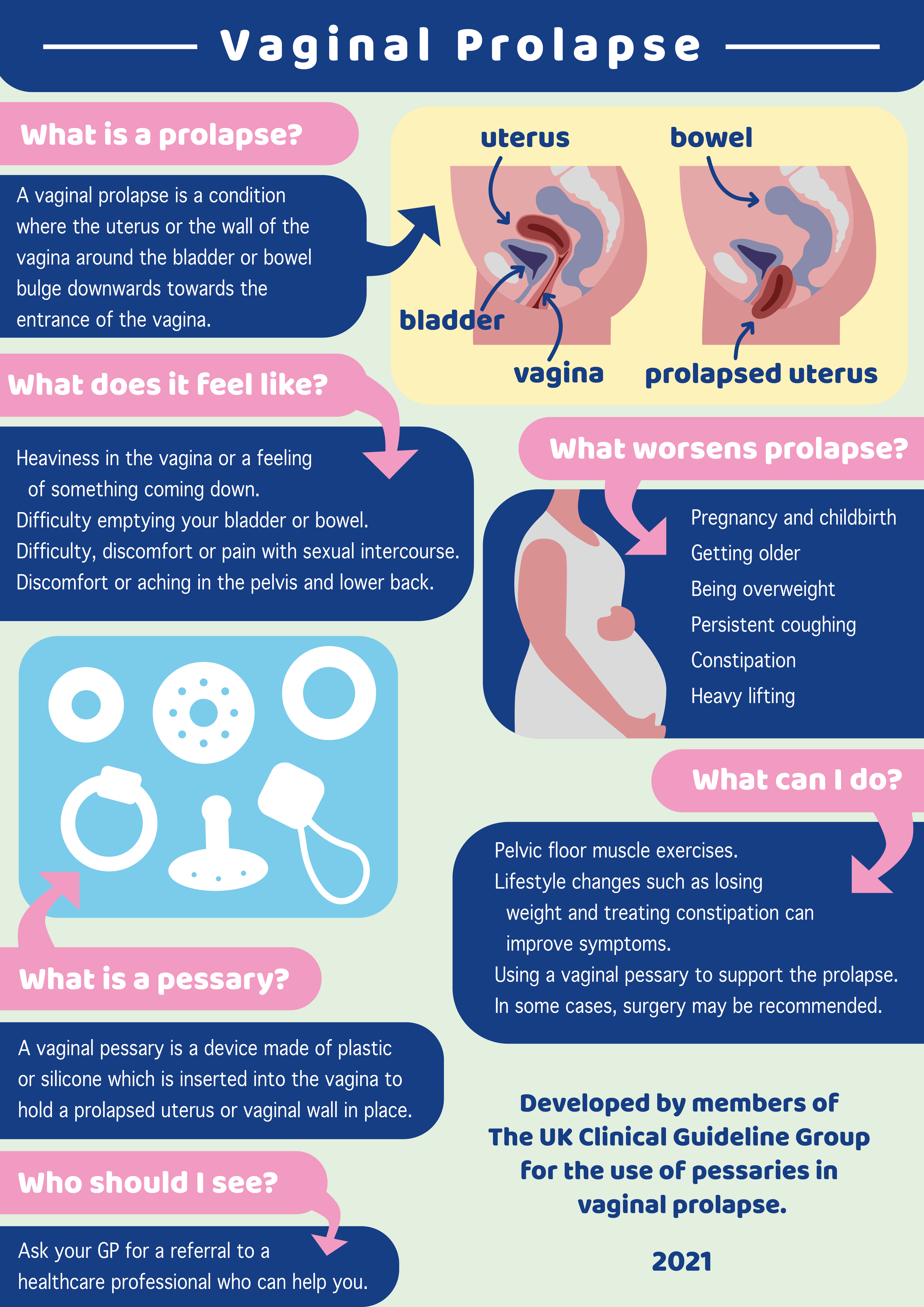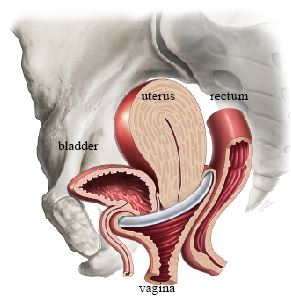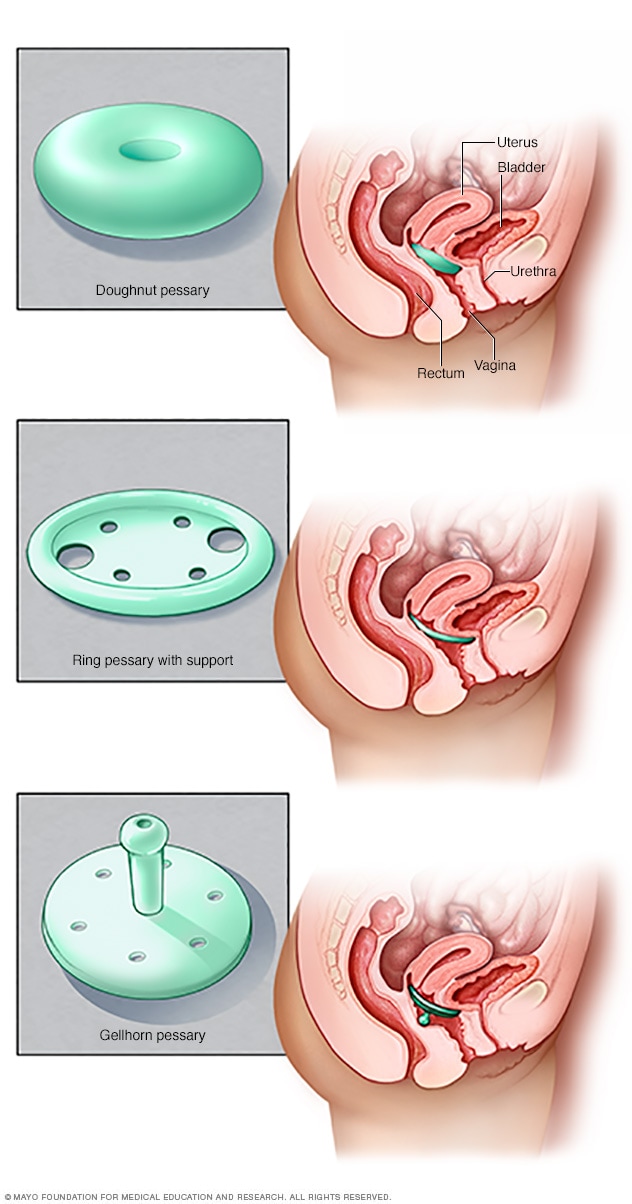how long should you wear a pessary
The device is used to support uterine prolapse. We may also fit a different sized pessary if it falls out or you cant pass urine with it in place.
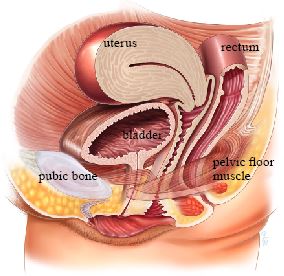
Vaginal Pessary For Pelvic Organ Prolapse Your Pelvic Floor
Most vaginal pessaries can be left in for as long as four to six months or unless told otherwise by your healthcare provider.

. Some women wear a pessary only occasionally or wear it during the day but take it out every night. My Dr said the discharge is normal and caused by the pessary. Some women wear a pessary only occasionally or wear it du.
Ad Browse Our Huge Selection Of Discount Vaginal Pessary Products. Contraindications of using a pessary. Some women will be able to do this at home themselves but others will need to go to a hospital or a clinic to have this done for them.
Benefits and side effects of using a pessary. People should go to a doctor every 36 months to check for ulcers. Find what is comfortable for you.
How often should a pessary be removed. Self care is usually acceptable with ring pessaries but with shelfGellhorn 35 would like to change them every 3. Rest of the in-depth answer is here.
Anyway the blood is always up to the front of the pad. Tips for Using a Pessary. A vaginal pessary holds your uterus in place.
How long should you leave a pessary in place between cleanings. Patients who are noncompliant or unlikely to follow up should not be fitted for a pessary. You might see a little spotting of blood when you remove or insert the pessary.
Follow-up visits should take place every six to 12 months. In cases where the pessary cannot be removed by the patient follow-up visits usually occur every two to three months. This is to make sure the pessary does not fall out and that you can pass urine with the pessary in place.
Pessaries are a safe long-term treatment for prolapse but they do need to be changed every three to six months. No I wear poise pads because of occasional urine leakage. Many patients leave the office with small but painful abrasions of the vaginal introitus.
You do not need anything specific. Also since getting a larger pessary other one wasnt holding everything in I have a pale green discharge enough to need the pad for that. Some women will be able to do this at home themselves but others will need to go to a hospital or a clinic to have this done for them.
Most consider shelfGellhorn pessaries an effective first-line treatment for their patients with POP. Even in the most experienced hands pessary removal in the office may be difficult and painful. Shop Save Now.
The vagina will be examined to make sure the pessary is not scraping or bruising the skin. Store the pessary in a clean safe area until you are ready to replace it. Depending on the type of pessary prescribed you should be able to leave it in for as long as four to six months.
How long can I use a pessary for. How long can a Gellhorn pessary stay in. At the other extreme some women leave a pessary in place for weeks or months.
Most vaginal pessaries can be left in for as long as four to six months or unless told otherwise by your healthcare provider. A properly fitted pessary should not cause any pain - if it does then we will need to change the size. If a pessary is fitted correctly the healthcare providers finger should pass easily between the pessary and the vaginal wall.
As long as its just spotting for a day or two do not worry. Never leave a pessary in for more than three consecutive months without cleaning it. The largest size you can wear comfortably is usually the best choice.
There are few contraindications to the use of a pessary. If you care for your own pessary we will usually have you come to the office for an examination initially in 2 weeks and then in 3 months. There are sometimes.
The more often you remove and clean it the less discharge you will see. For the great majority of women with prolapse pessaries equate to a commitment to lifelong office visits every 2 to 3 months. Uterine prolapse happens because the muscles and ligaments that support your uterus are weak.
This depends on the kind of pessary you are prescribed. Bioteque recommends daily cleaning but also says its fine to leave the pessary in place for 4 to 12 weeks. How often women remove their pessaries varies.
Active infections of the pelvis or vagina such as vaginitis or pelvic inflammatory disease preclude the use of a pessary until the infection has been resolved. You should use a mild soap with water rinse and dry it completely and reinsert it into the vagina the next morning. You can use any kind of antibacterial soap to clean it.
This means your uterus is drooping. However other types such as cube pessary must be removed every night. Milex does not address home care but recommends a followup visit with your health care provider every 4 to 6 weeks noting that the schedule can be adjusted based on patient and physician preference.
It is OK to keep it in for a longer period of time but never more than 3 months at a time. There is no single correct answer. In comparison a type of pessary used for women with advanced degrees of vaginal prolapse called cube pessary should be removed every night.
How many years can you use a pessary. Pessaries are a safe long-term treatment for prolapse but they do need to be changed every three to six months. Most women find they are able to successfully use a pessary for two years or more without requiring surgery for their condition.
During the visit the pessary will be removed and cleaned. If you are unable to easily remove and insert the pessary on your own you should go to the doctor every three months for professional examination and cleansing. Most infections occur when a pessary is left in for too long are kept for longer than five years or are not cleaned properly between uses.
Remove your pessary at least once every 3 months. If an ulcer has occurred a person should not wear their pessary until it has healed. Pessaries are designed to stay in place for weeks on end allowing fluids to flow around them even your menstrual flow but frequent removal and reinsertion is perfectly safe and acceptable.
A vaginal pessary is a plastic device in the shape of a circle that fits into your vagina.

Pessaries Women S Healthcare Of Princeton Gynecologists
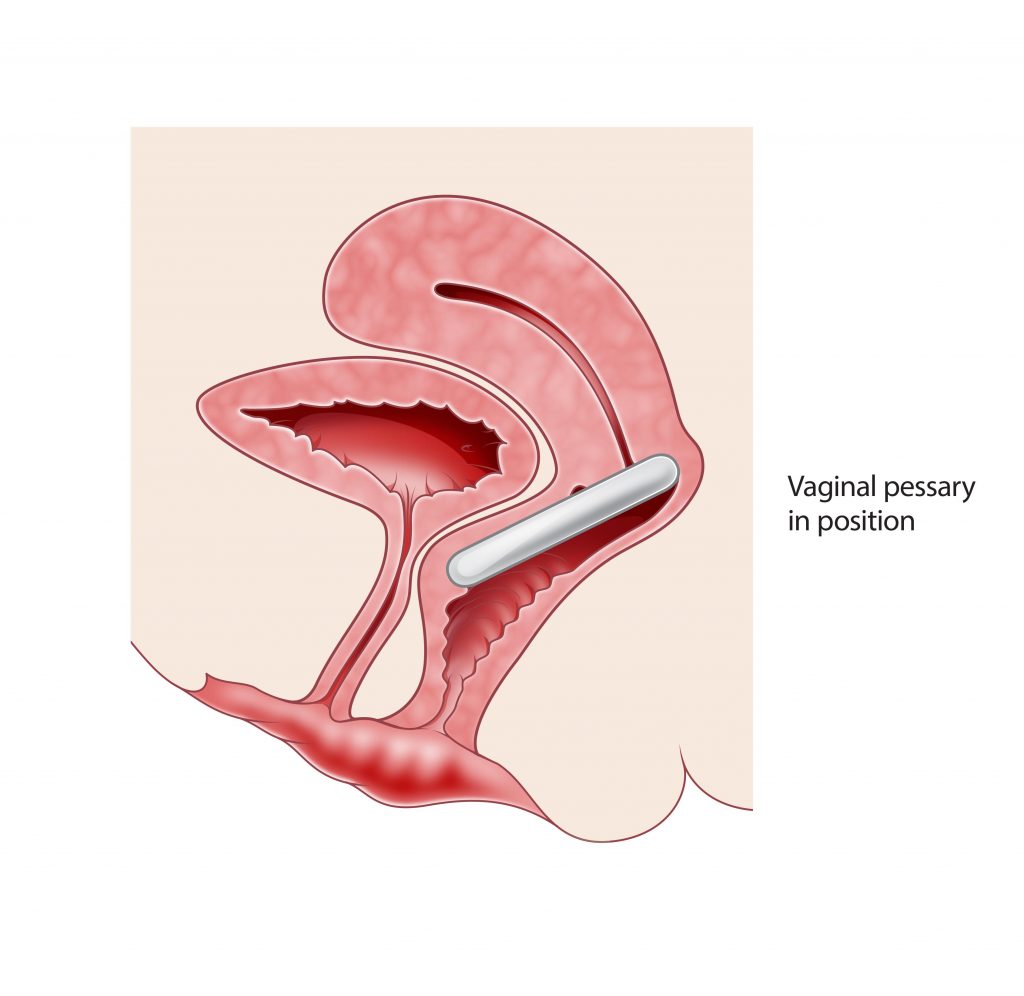
Non Surgical Treatments For Prolapse Dr Marcus Carey
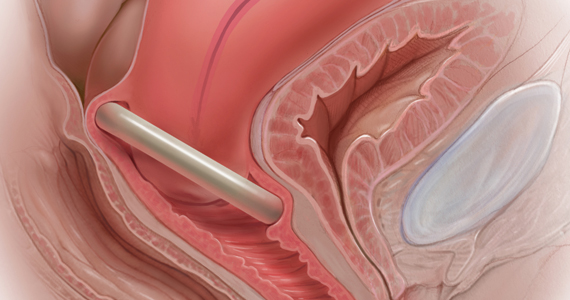
Pessaries For Pop And Sui Their Fitting Care And Effectiveness In Various Disorders Mdedge Obgyn

Practical Use Of The Pessary American Family Physician

Pessaries For Prolapse And Urinary Incontinence Proactive Pelvic Health
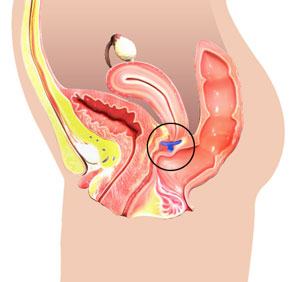
Pessary Fitting Schaumburg Il Pelvic Organ Prolapse Mount Prospect Il

Pessary Fitting For Prolapse How To Know If Your Pessary Fits
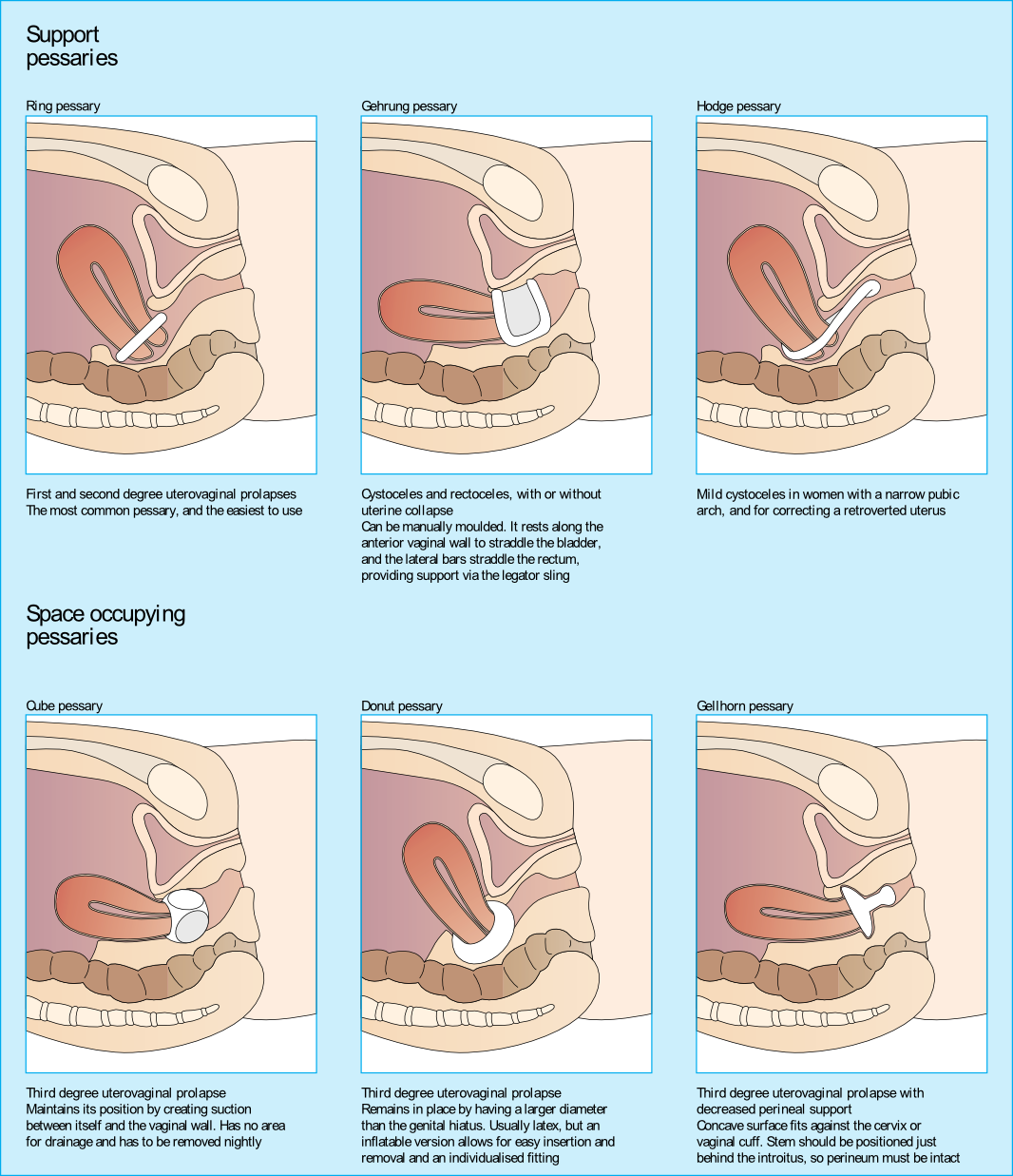
Herman Wallace Pelvic Rehabilitation Continuing Education The Pelvic Rehab Report Pessary Use And Defecatory Dysfunction
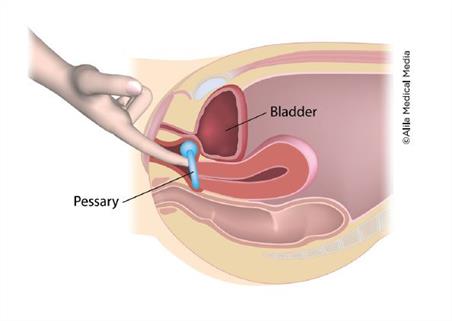
Vaginal Pessaries Comprehensive Services For Women At Chi St Vincent
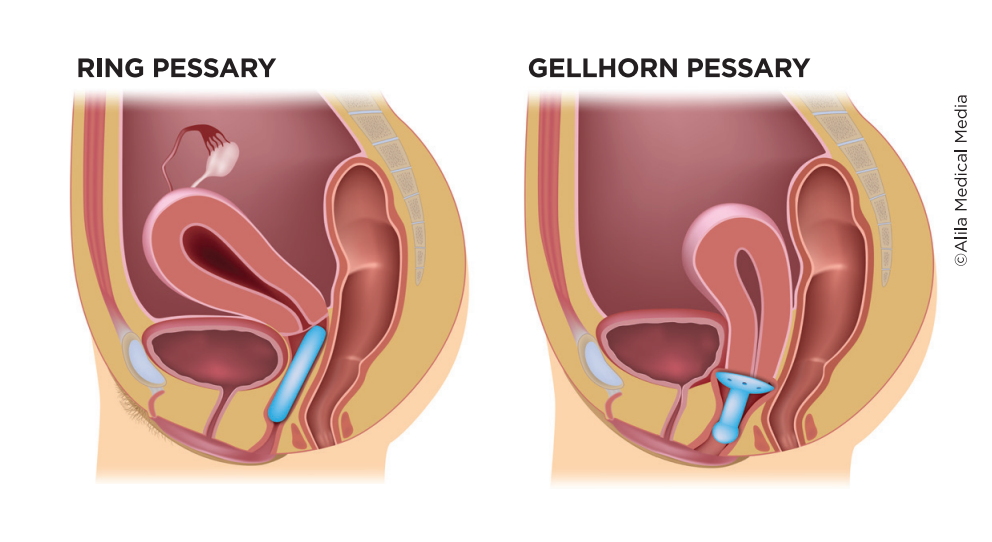
Vaginal Pessaries Brazosport Women S Health




